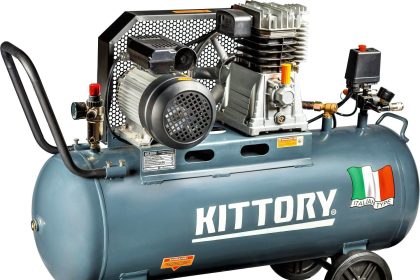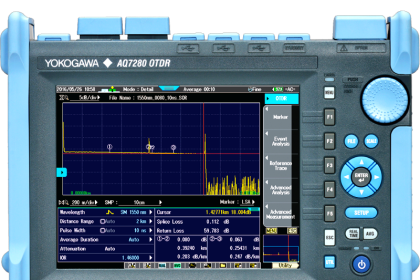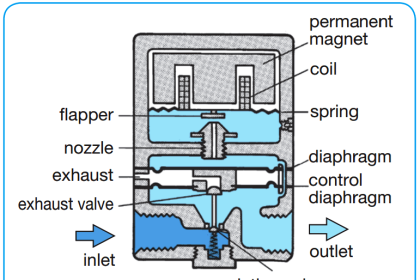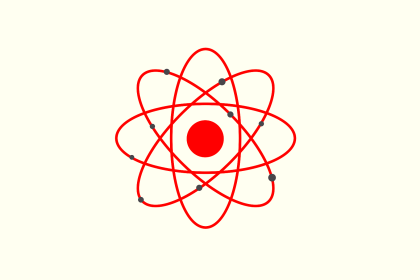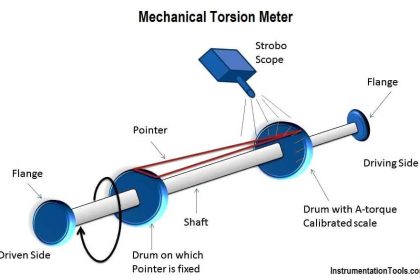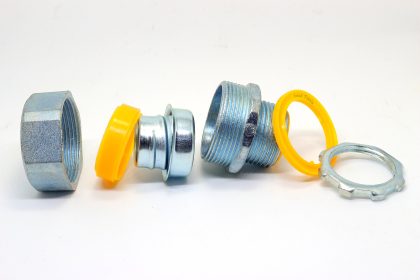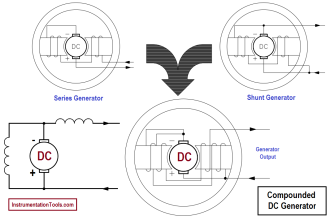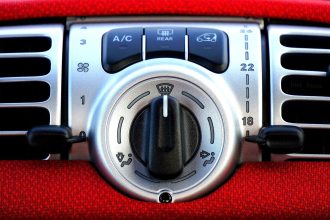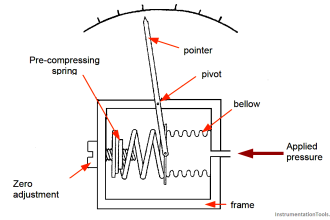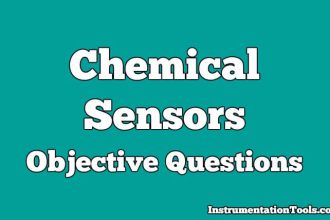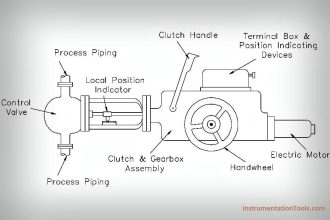In this post, we will see various sensors used in the dairy industry.
The dairy industry is a very high processing food industry; which requires accurate levels of monitoring of media.
Basically, every FMCG industry requires the highest standard of operation and monitoring; so that the consumables are efficient and healthier for human use.
Sensors in Dairy Industry
Various products manufactured in the dairy industry like milk, cheese, butter, yogurt, etc. require precise and automated control, with the best available instruments used.
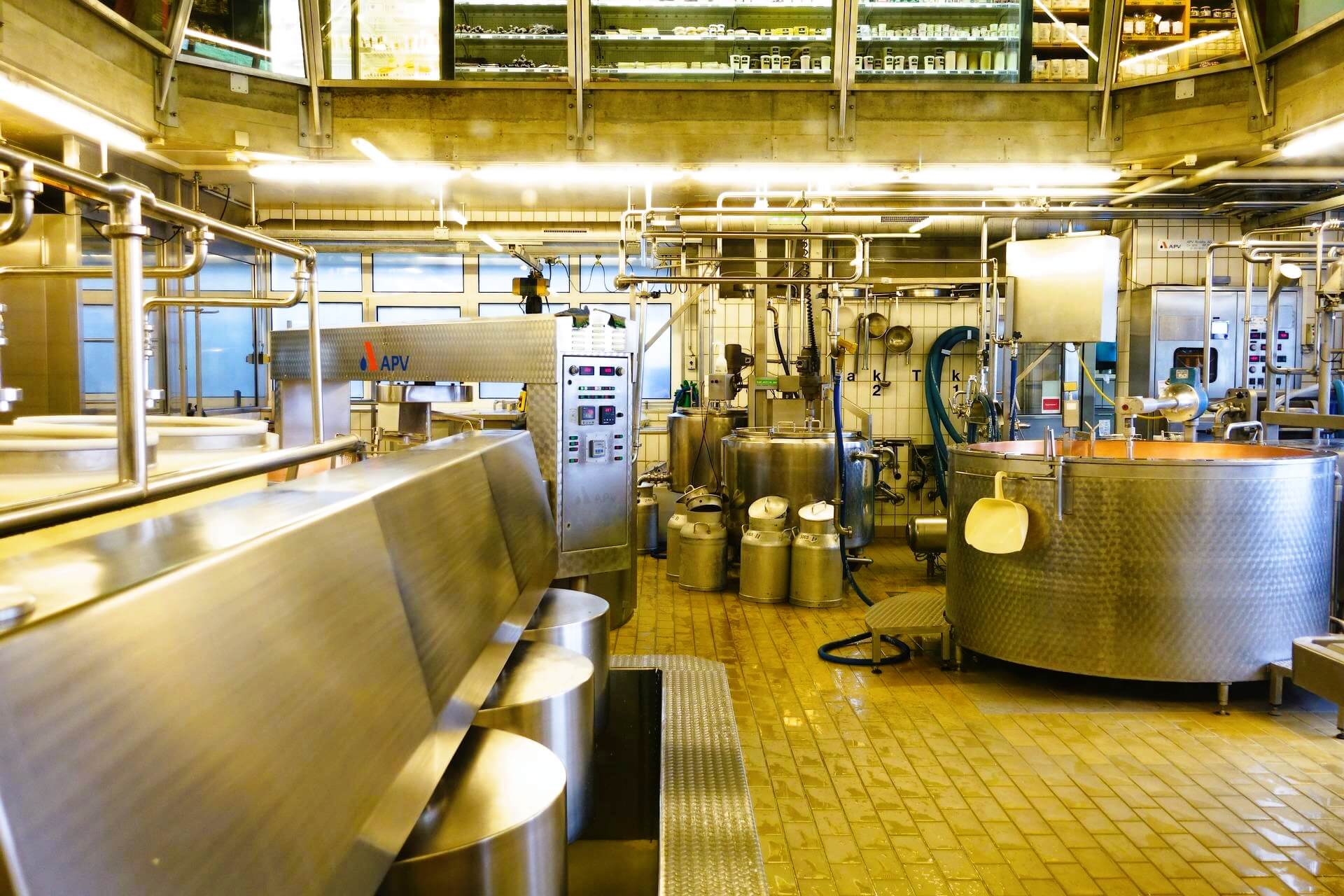
If the instruments, sensors, and devices are improper and not fit for operation, then it can dilute these products.
Hygiene is the most important primary factor because bacteria contamination and inefficient standards can degrade the final output. So, it is important to have a good knowledge of sensors used in the dairy industry.
In this post, we will see the various sensors used in the dairy industry.
Level Transmitters
Level sensors are used for various purposes.
There is a process called deaerating, in which foaming can occur. If foaming is not detected, then it can cause an overflow of the milk tank.
So, some special types of level transmitters are used to detect foaming levels too, which maintains the correct flow of liquid.
Foam or sticky cream on the sensor’s tip also causes an issue in giving proper level output. So, the level transmitters used here are special ones, which are able to identify between thin and thick foam; and accordingly, give precise output to the PLC.
Quick changes in liquid flow must also be detected to give the correct level output to the operator. There are pumps connected to the milk tank to either suction the liquid from the tank or fill the liquid into the tank.
So, level transmitters play an important role in controlling the level of the tank. It also protects the pump from running dry, when it is emptying the tank.
The liquid in raw milk storage tanks, which are located outside the plant premises, are subject to outside ambient temperature continuously. Level sensors used here (called as hydrostatic level measurement) are of a special class, with high levels of accuracy (typically around 0.1% of temperature compensation) and provide the same precise measurement irrespective of outdoor temperature.
It means that if temperature changes with respect to normal operating temperature, then too its output will not deviate and also provide accurate level output with minimum possible tolerance levels. The housing of these instruments are such that it lives a longer life, are unaffected by temperature changes, and provide the best available output.
Flow and Temperature Sensors
The pasteurizing system uses heat exchangers. Here, the heating cycle is a very important process to properly pasteurize the milk or its other products. So, apart from the temperature of the liquid, its flow is also important to be measured.
Flow and temperature sensors play a major role here. After the heating cycle, the milk needs to be cooled to avoid the growth of micro-organisms. Here too, heat exchangers are used. So, these sensors are again used here to maintain the proper temperature and flow of the liquid.
They also play a major hand in filtration process. If the flow velocity is low, then the filter can get clogged. If the flow is high, then the effectiveness of the filter decreases. Also if the temperature is not proper, then too it can affect the performance of filters. So, it is essential to monitor the flow and temperature of the liquid.
There is a separation system in the plant too. If the flow coming into the separator is low, then the centrifuge will suck the milk into the bowl section, which can increase vibrations inside the centrifuge and degrade its performance. So, proper flow needs to be monitored and maintained.
Pressure Sensors
Differential pressure needs to be monitored between feed lines and permeate lines (basically output lines).
Suppose the filter used in between is dirty and clogged; then it will not pass the same liquid to the output. This will decrease productivity. So, pressure sensors play an important role in monitoring the differential pressure between feed and permeate.
In some processes, apart from flow and temperature sensors, pressure transmitters are also used in conjunction to improve the performance of the system.
Sludge Detection Sensors
A common issue in tanks and bowls of milk is that sludge (milk waste) starts to build up in the discharge port over a period of time.
So, a special sensor for detecting sludge is used to measure the presence of sludge. It properly differentiates between actual pure milk and milk waste (sludge). This signal can help the operator in cleaning the equipment.
Conductivity Sensors
They are mostly used in the CIP process. It is used to measure the conductivity of the media and also helps in identifying between acid and water, caustic and water, etc. Knowing proper concentration helps in maintaining the quality of food.
These are only some of the general examples discussed. Overall, these sensors are used in almost each and every process, starting from raw milk collection to stirring, mixing, preheating, separating, homogenizing, condensing, steam separation, and cleaning. In this way, we saw the types of sensors mostly used in the dairy industry.
If you liked this article, then please subscribe to our YouTube Channel for Electrical, Electronics, Instrumentation, PLC, and SCADA video tutorials.
You can also follow us on Facebook and Twitter to receive daily updates.
Read Next:
- Industrial Level Sensors
- Sensors in Automotive Vehicles
- Sensors in Water Treatment Plant
- Compare Sensor and Transducer
- Level Sensors Questions and Answers


